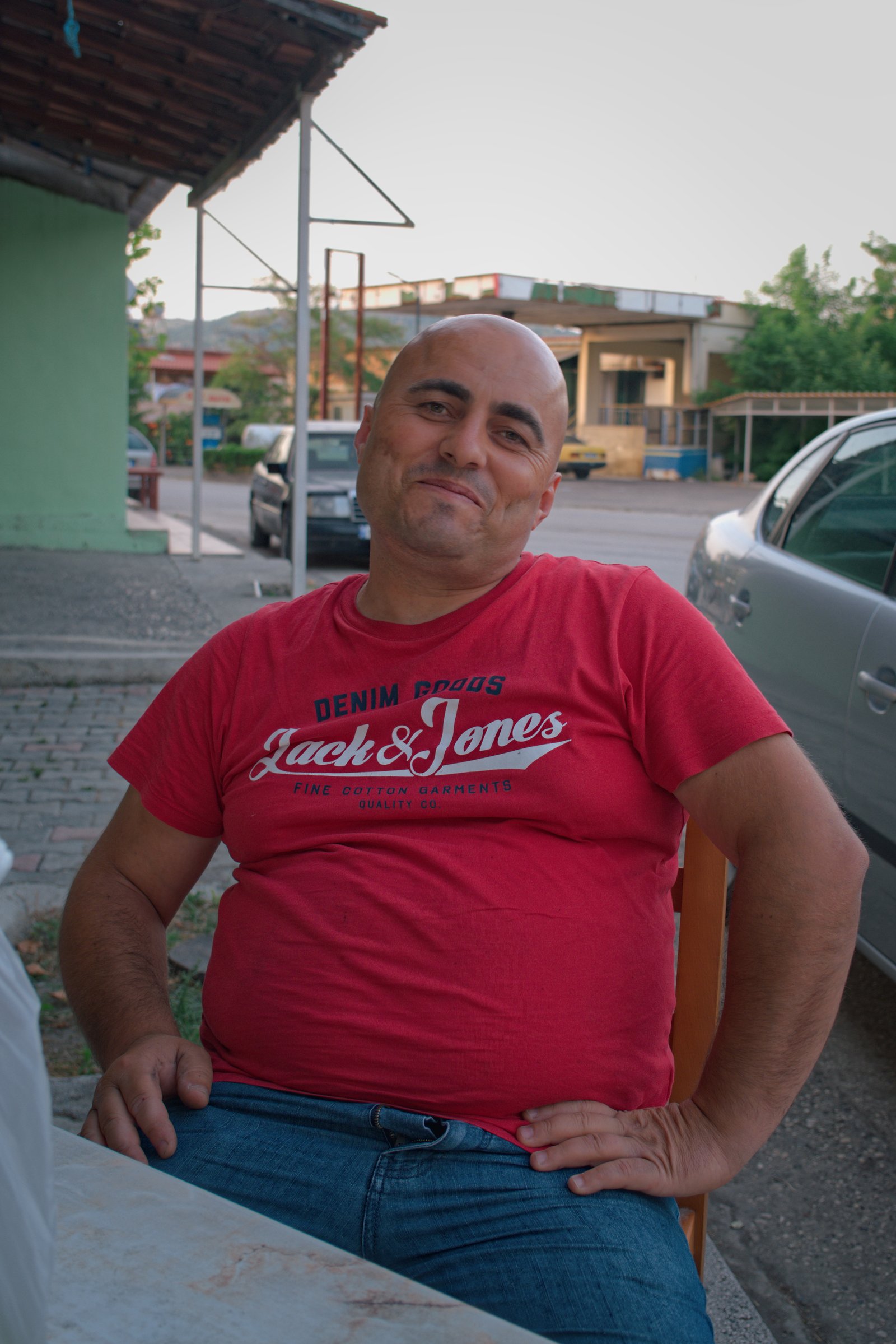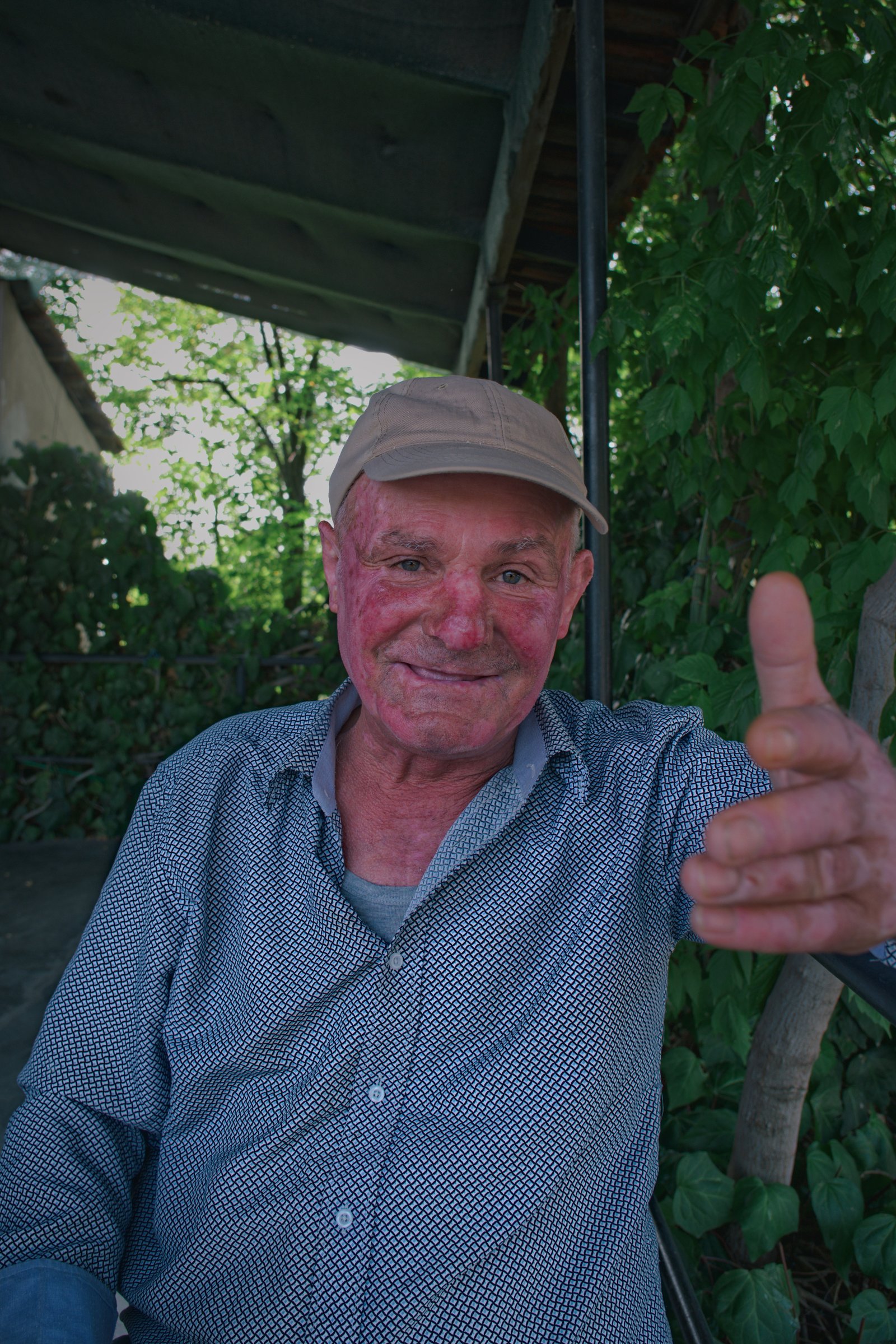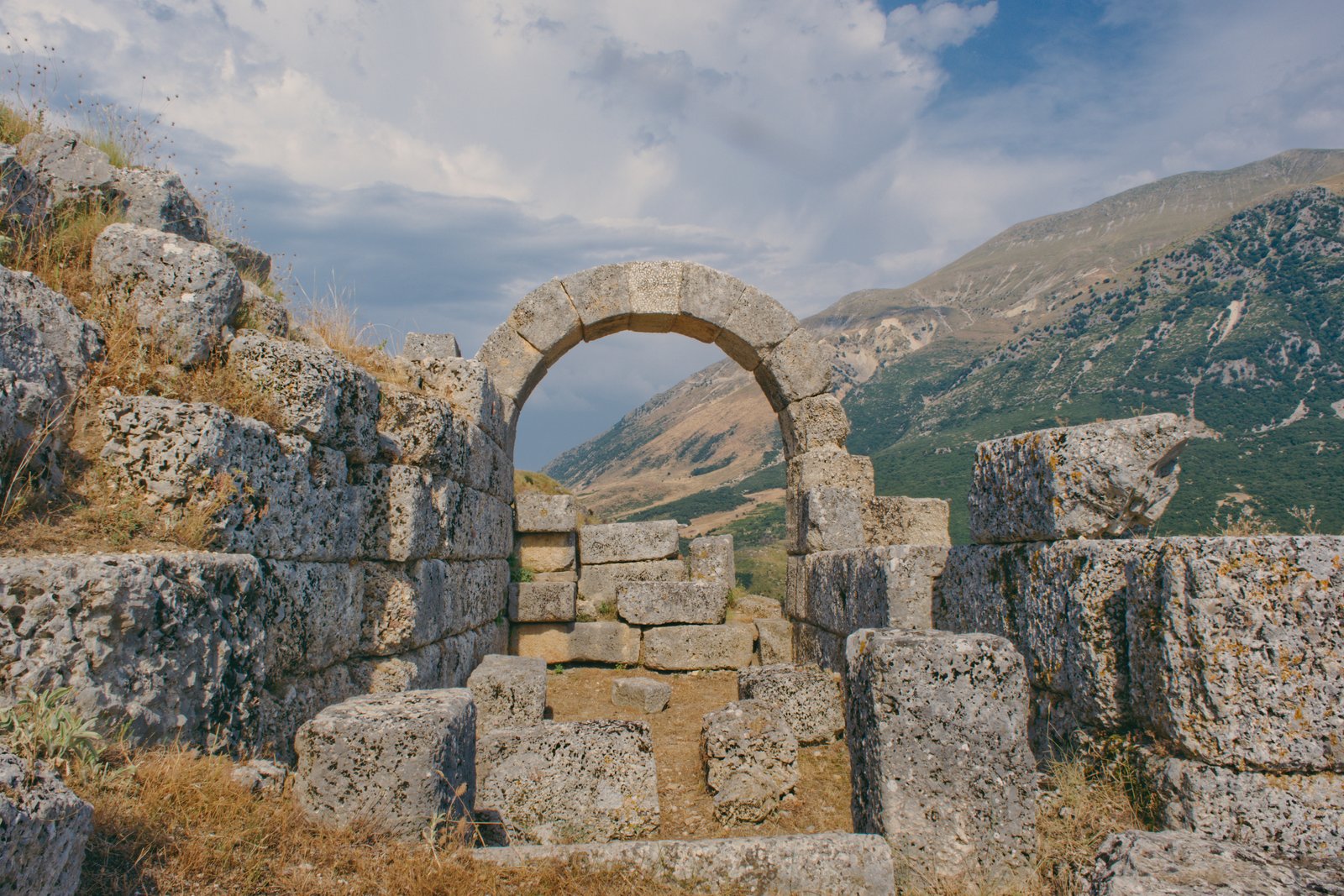Letting go of the numbers
Last year the first marathon was on day one, and five followed in that first week. The marathons came about as a fraction of that larger figure of all the miles to come. They gave a measure to what ought perhaps to have remained an intangible, and the road ahead started to narrow to that number.


I almost walked a marathon today, but stopped myself as an exercise in avash. Instead I find myself in Ballsh, having had dinner with Teo and Fatbar, followed by drinks with Emeliano, and falling asleep on a too-hot rooftop that is swarming with ants. I didn’t doubt my choice at dinner, or while drinking, but as I lie on this rooftop that is still baking hot at 2am, I catch myself thinking, “you could have knocked off that marathon, pal”.
Sometimes avash (slow) is harder than shpejt (fast).
I think I’ve always liked numbers. They made sense to me long before most other things did, and I was ‘good at them’, taken out of maths classes at primary school to be taught by a high school teacher. For a while I thought I’d be an engineer someday. I enjoyed the numbers the walk yielded, and I ‘had to’ walk fast anyway because of the visa, so before long I’d gotten used to it. I’d done that before.
Cycling around Australia at times became a blur of numbers. Up in the north, coming across the outback, I became fixated on the possibility of cycling 300 kilometres in a single day on a fully loaded bike. I never managed it, topping out at 270 kilometres before hitting the west coast and catching a head wind that ground me down to little more than walking speed.
Numbers feel tractable, they seem to promise to contain the measure of a thing. But numbers obliterate and obscure at least as much as they disclose. It’s easy to forget that, now that the numbers crowd have eaten the world. Gates, Brin, Page, Graham, Zuckerberg, and Meyer et al have arranged the world so that it can be better understood by machines and we have become something of those machines too. We’ve hitched so much of our self expression to a media less expressive than what came before. Heck, a barely there cave painting says things that a computer never can and, when we reduce the scope of the world to only what computers can encode, we lose all the texture that makes life magical. Above all, that cave painting exists in both space and time. In place. It relates that someone was here, at a given moment, and they were feeling something.
Time matters. Place matters. A computer would have us believe that a place can be represented by a set of coordinates, a vector map of structures, and a population counter. But a place is much much more than that. A place is a canvas for a story, expressed in character, culture, and the shared mythology of a built world. Like the story of the Illyrians, which feels almost ever present in Shqipri, in a way that icons on a screen can’t represent.


Worst of all, computers have adopted their own mythology, the pernicious idea that they can represent all of life, and therefore that anything not included in their files doesn’t matter.
The implications of this myth range from the stupid, “if it’s not on Google maps it’s not real”, to the destructive, “if this tool I’m using can’t capture what I’m feeling then I need to simplify what I’m feeling”, to the dangerous, the idea that online discourse in any way meaningfully represents real human exchange, which ultimately has changed the way people communicate in the real.
Machines will, and already have, exaggerated our worst tendency to believe that by knowing something, we understand it — rather than to acknowledge our little minds and our short-sight. I know this because I am guilty of it. Machines can ‘know’ but machines cannot understand. When we think like machines, where your understanding diverges from mine we SEGFAULT, we crash, we lock up. But when we think like humans, you and I together can understand more than you or I alone.
Computers would have us believe that life is fact, but life is a fiction, stranger than fiction, and it’s still being written. In the same way, this walk is not the numbers that it accumulates: the marathons, the cumulative elevation change, the distance covered, the index of countries visited, or the number of peaks bagged.
This year I set out to walk less and see more than I did last year, and I’ve succeeded, I don’t need any numbers to tell me that. I haven’t quantified the difference in the distances, haven’t totalled up those numbers, probably I will at some point but it hardly feels urgent. Nearly nothing of the substance of this walk is reflected in those figures. The walk is “the fire of the sun, scree, soil and water, moss, grass, flower and tree, insect, bird and beast, wind, rain and snow”, it is people and places met, it is the sum not of how far I have moved, but of how much I have been moved — inspired — and in turn how much I have been able to inspire others. Not in any grand way, but in little ways, through the conversations that emerge from living true to my own being, to a truth that can’t be expressed in numbers.